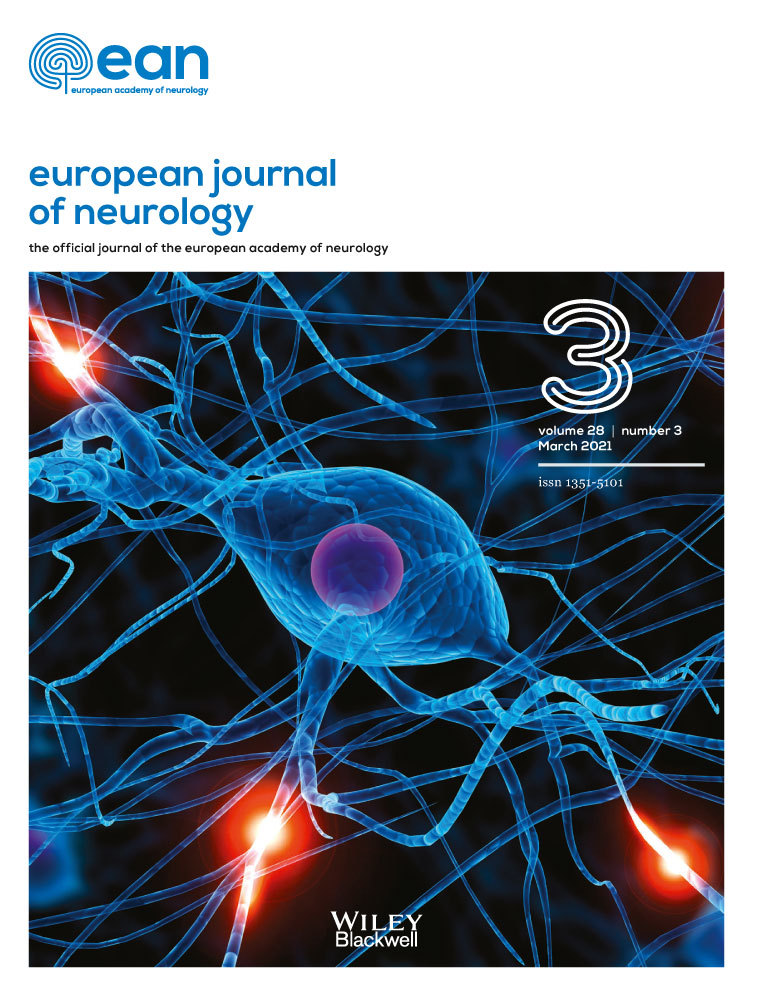Meta-analysis of genotype and phenotype studies to confirm the predictive role of the RNF213 p.R4810K variant for moyamoya disease
Funding information
This research is supported by the National Natural Science Foundation of China (Grant No.81573240).
Abstract
Background and Purpose
The aim of this meta-analysis study was to assess the predictive effects of RNF213 p.R4810K on phenotype in moyamoya disease (MMD).
Methods
Electronic databases (e.g., Pubmed and EMBASE) were searched, and relevant articles published up to August 2020 were retrieved. Review Manager 5.3 and Stata 12.0 were used for all statistical analyses. Pooled odds ratios, with 95% confidence intervals, and three comparison models were evaluated to analyze the association between RNF213 pR4810K variant and clinical characteristics of MMD patients using a fixed-effects model.
Results
A total of 2798 patients with MMD were selected and the effects of the heterozygous or homozygous RNF213 p.R4810K variant on 18 clinical features were identified. There were more patients aged <15 years in the GA and AA groups (AA vs GA: p = 0.009; AA vs GG: p = 0.003; GA vs GG: p = 0.001). Among homozygous patients, the majority experienced MMD onset before the age of 4 years (AA vs. GA: p < 0.00001; AA vs GG: p < 0.00001). The frequency of infarctions and transient ischemic attack was significantly higher in homozygotes and heterozygotes,respectively. However, the frequency of intracerebral/intraventricular hemorrhage was lower in patients with the GA than the GG genotype. More MMD patients with AA and GA genotypes had a family history of the disease (p = 0.003, p < 0.00001, respectively). Posterior cerebral artery involvement was more common in patients with the GA genotype (p < 0.00001).
Conclusion
The homozygous or heterozygous RNF213 variant may be an efficient biomarker with which to classify different clinical phenotypes of MMD.
CONFLICT OF INTEREST
The authors declare no financial or other conflict of interest.
Open Research
DATA AVAILABILITY STATEMENT
The data that support the findings of this study are available from the corresponding author upon reasonable request.




